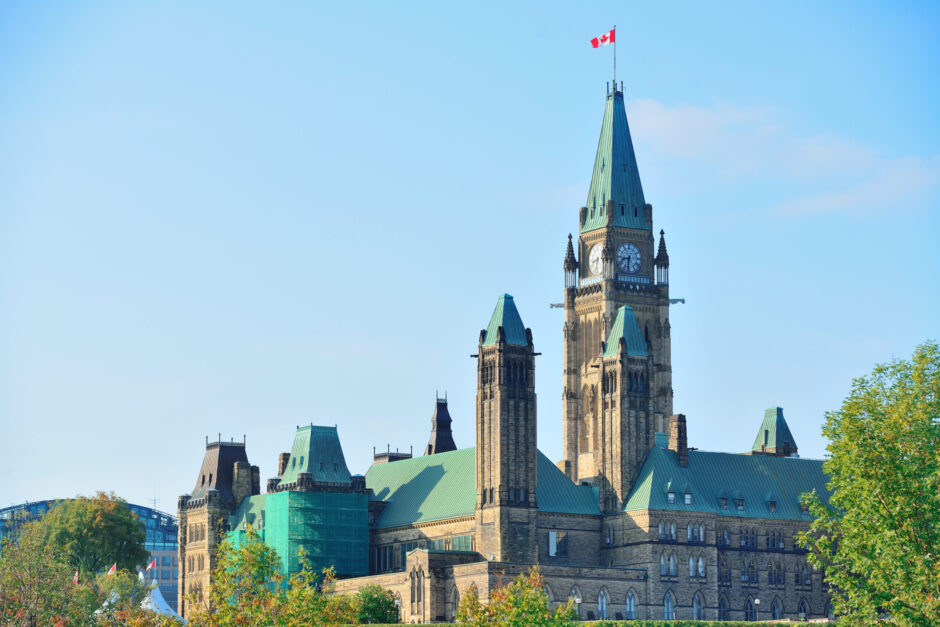The Urgent Need for Immigrants to Canada
The Government of Canada’s Immigration Minister, Sean Fraser, said changes to Canada’s immigration program next year will rebalance the world’s “most powerful economic migration system” in a way that will help hospitals, builders and other employers address chronic labour shortages, as opposed to focusing mainly on “highly skilled workers.”Ad 1 of 2. This ad will end in 58
Mr. Fraser revealed that he plans to introduce new selection tools earlier this month while announcing Canada’s new immigration plan, which the government aims to accept in a record 1.45 million new immigrants in the next three years.
The new selection tools will allow the government to select immigrants to fill job gaps in specific industries and regions. Most applauded Ottawa’s promise to use immigration to address the labour crisis, including national business and labour organizations.
Tiff Macklem, the governor of the Bank of Canada, said that if Canada’s labour pool was larger, he probably wouldn’t have needed to raise interest rates as aggressively as he has this year to contain inflation. That’s because the shortage puts upward pressure on wages and is an obstacle to keeping up with demand.
The issue is bigger than volume. While technology companies are generally complimentary of Ottawa’s immigration efforts, other industries complain that the government was caught up in with recruiting coders and software engineers. At the same time, non-tech immigrants who make it to Canada struggle to have their skills recognized by various professional associations, which hurts productivity because workers are blocked from meeting their full potential.
The Immigration Minister, Sean Fraser, voiced what many have experienced for far too many years: “The idea that we have neuro and dental surgeons who are working as taxi drivers … is unacceptable,” the minister said. “It’s really frustrating for me when I meet talented people who have arrived in Canada but are not able to contribute at their full potential.”
Governments can easily address these barriers through mandates to industry associations and professional orders, which for the most part, are responsible for certifying professionals and providing them the required professional designation.
For example, one of the professions most in need of workers is home builders. The Ontario government has said 100,000 more construction workers are needed before the end of the decade to meet its goal of building 1.5 million homes by 2031.
Canada is facing an unprecedented shortage of health care professionals. COVID-19 is partly to blame, with some doctors and nurses simply burned out by the huge demands the pandemic has put on them. But there are several other key factors, including severe workplace stresses and a large cohort entering retirement age, in addition to a shortage of graduating students.
This is another critical area where health care professionals who want to immigrate to Canada have to wait years before they can enter, and even then, they cannot work in their chosen field because of cumbersome delays at providing new licenses and certifications.
These massive shortages is not because Canadians do not welcome new immigrants. Quite the contrary. A poll conducted by Environics Institute prior to the release of the new immigration plan said that 85 per cent of its respondents felt that welcoming newcomers would lead to economic benefit, which is the highest number recorded by the group in 30 years.
Mr. Fraser said in a recent interview with the Financial Post that aside from the housing and healthcare industries, technology firms were also “singing the same song” of needing more labour. “There is not a tech company that is positioned for growth in this country that I have spoken to, who has access to all of the talent that they need to grow,” he said.
Mr. Fraser said that at a macro level across the economy, there’s an urgent need to embrace immigration. “The cost of choosing not to fill those vacancies is enormous to the Canadian economy,” he said.


